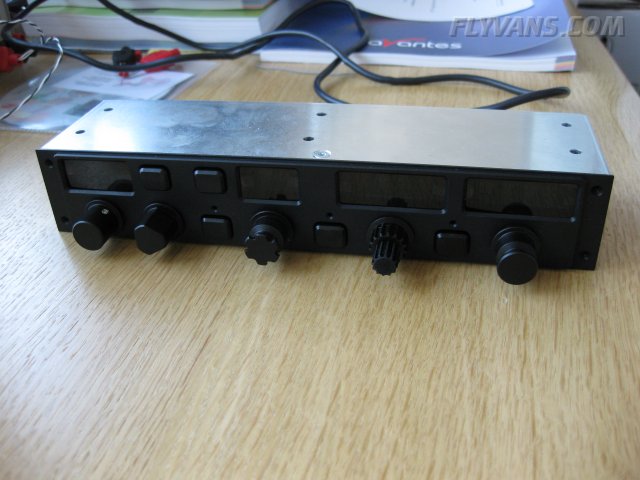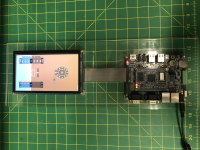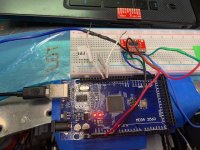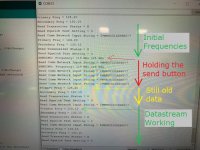i'll have to read that experimenter article yet...
a few protocol basics of what i learned/figured out over the years so far...
ARINC-429
http://en.wikipedia.org/wiki/ARINC_429
ARINC-429 is an aviation version of RS-485 along with message sets specific to aviation. lots of certified avionics "talk" over it, as well as experimental avionics wanting to interface with them.
the standard is commercially available and stems from the beginning of the digital age, the first document has "floppy disk" in the title ;-)
standards can be bought here:
https://www.arinc.com/cf/store/catalog.cfm?prod_group_id=1&category_group_id=1
unfortunately, the whole set of 429 standards is prohibitively expensive for any non-commercial/private purpose. maybe doug could approach ARINC to sponsor the community somewhat ;-)
also, dedicated 429 hardware interfaces/ICs seem to be just as expensive and rare, that's why most experimental implementations are throwing nowadays cheap processing power with some software emulation at the problem instead...
the good thing about arinc429 is that it covers almost any imaginable application from weather radars to autopilots.
unfortunately, there appears little to no open source documentation and google will not turn up much useful stuff either. no sample logs, no reverse engineering etc...
but the good news is, arinc429 is about as advanced as you need to get at the moment (rs-485 serial, is inherently quite simple if you know the data formats etc... no complicated protocol stacks and layers really.).
more advanced technologies like CAN bus etc... are only starting to appear and within closed ecosystems, IIRC garmin g3x is using some CAN bus setup within their platform, dynon is rolling their own 2-wire DSAB in their platform, all only internally. Advanced flight systems uses ethernet to share all data among screens, but again only within it's own perimeters.
most other common interfaces are using RS-232 uni- or bidirectional communication, mostly at 9600,8,n,1 with different message sets.
likely of most interest are the messages related to GPS.
there are two formats, NMEA0183 and Garmin Aviation.
NMEA0183
http://en.wikipedia.org/wiki/NMEA_0183
comes from the marine world, covers everything gps and some steering but limited to 2D mostly. almost all cheap/affordable gps bugs/chips, even the usb ones in one way or another end up delivering this format.
in contrast to arinc429, you will find lots of documentation, reverse engineering, sample datalogs etc... on the internet without having to buy the standards documents. also, quite a few tools, utilities and libraries are available to work with data, generate sample data etc...
one specialty is that there is a provision for manufacturer "proprietary" messages. Garmin as a big player obviously managed to establish some of it's proprietary messages as de facto standards. it's in the details, standard NMEA starts with
while garmin proprietary are
.
some interesting and openly available documentation from garmin:
https://www8.garmin.com/support/commProtocol.html
https://www8.garmin.com/support/pdf/NMEA_0183.pdf
Garmin "Aviation" serial
Garmin Aviation is a format that lies somewhere between NMEA0183 and ARINC429 and very little documentation can be found openly (probably needs NDA etc.. with garmin?!). it's transmitted through rs232 but i believe may contain binary data and not just ascii cleartext and run at higher speeds. most notably the message sets are much improved over NMEA, allowing e.g. for transmission of multi leg flightplans.
as said, documentation is very sparse. its roots seem to lie in the old appollo -> upsat -> garmin ancestry and some install manuals from e.g. the Apollo GX50/GX55/GX60/GX65 that google can dig up in the depths of the web do contain at least a starting point regarding the format. Unfortunately, the newer the units, the less technical information is in the documentation (garmin documentation being particularly poor on the technical side and more of brochure/user manual quality, sorry.)
that should cover about 90% of a "roll your own panel" need...
google glass implementation comes to mind, as has been discussed on another thread....
more to follow...
have fun hacking away!
regards, bernie
p.s. i truly feel this info should openly be out there for the benefit of all, as more great stuff could be developed.








